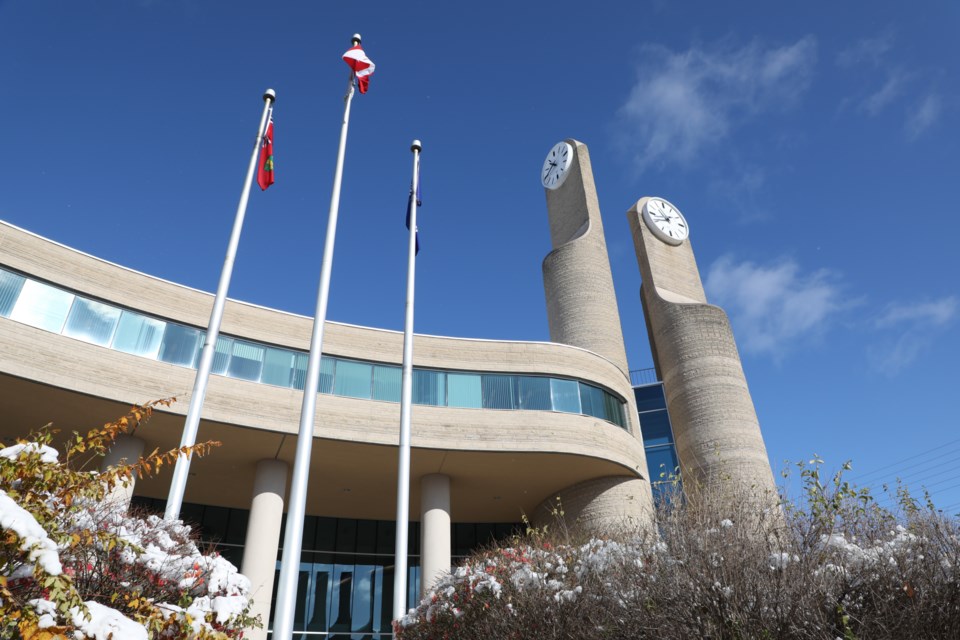York Region is capable of greatly helping the local housing crisis local through bold policy decisions, according to a new university project.
The Housing Assessment Resource Tools (HART) project from the University of British Columbia offered insight into the crisis that's keeping people from accessing housing.
Dr. Carolyn Whitzman spoke to the region’s housing affordability task force March 23, with numbers on York Region households below one or more of habitability, suitable and affordability standards. The project estimates that across all housing and income levels, the region has 47,735 households in “core housing need.”
York Region chairman and CEO Wayne Emmerson said there will have to be a cultural shift to address the homelessness and housing issue in the region.
“We’re trying to make a difference in this term of council as we go forward, and I know we will,” he said.
The region will be participating in the HART project, including mapping out the region’s available land inventory. The project aims to work with governments and housing providers to improve how they measure and address housing needs.
The core housing need figure is based on 2016 data and leaves out several key categories, like the homeless, Whitzman said.
Current measures of housing needs are flawed, with “affordable housing” lacking clear and consistent definitions across different organizations, she added. A lot of that housing is also getting lost faster than it is getting built and there are no coordinated efforts to use government land for housing.
She offered policy proposals like banning or restricting the size of new single-family homes, eliminating minimum parking restrictions and promoting more density for affordable housing.
A focus on housing supply only also is not the answer, she said.
“Supply is necessary, supply alone isn’t going to bring about affordability,” she said.
Newmarket Mayor John Taylor said the region would need to decide on some tough policy choices and move forward.
“We find ourselves feeling like we’re hitting walls without the federal and provincial governments doing more,” he said, adding that the region has “tools we have at our disposals. We can still actually make a significant impact.”
Planning policies, utilizing land inventory and pooling community resources are all ways local municipalities can drive more effective housing, Whitzman said.
She also suggested that with municipalities unfairly burdened with costs, they should focus less on development charges that can shift prices to renters and homeowners and more on property tax, which she said is a form of wealth tax that does not currently recognize “windfall gains in home values.”
“I’m a little hard-hearted about property taxes,” she said. “Just as there’s progressive income tax, we should be looking at luxury home taxes.”
Property taxes on low-income households should continue to be deferred, she added and recaptured when a home is sold.
In its first meeting of the term, the affordability housing task force also heard presentations on efforts to streamline the planning process and provincial housing supply. Chief planner Paul Freeman also told the task force the region would be looking to take advantage of the newly announced federal $4-billion housing accelerator fund announced last week by partnering with local municipalities.
“The public, and even the governments, all of us need to have a cultural change,” Emmerson said about housing efforts. “Because it is going to change the way some of our municipalities look now and in the future.”
